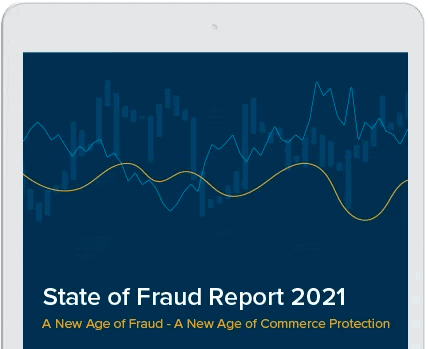Online shoppers embraced creative payment alternatives in February, turning to gift cards and buy, now pay later programs for purchases, especially when it came to home goods and sporting goods, according to Signifyd’s Ecommerce Pulse data.
While ecommerce spending overall grew at a healthy 34%, the month provided a tale of two consumers, Signifyd data shows. Average cart sizes were up substantially, with the average order value in February up 153% over a year ago. At the same time, in certain verticals, buy now, pay later (BNPL) surged, while purchases made with gift cards were all the rage in the home goods category. In fact, gift-card purchases were up an impressive 158% in the vertical and buy now, pay later transactions increased by 40% year-over-year in home goods.
Sporting goods saw an even bigger BNPL increase, but such transactions were up 62% in February compared to a year ago.
- Consumers engaged in robust spending during February with ecommerce sales up 34% overall, year-over-year, and with average order value increasing by 153%.
- Buy now, pay later transactions saw some big gains in February — up 40% in home goods and 62% in sporting goods compared to a year ago.
- Gift cards helped home goods shoppers stretch their dollars. Purchases made with gift cards increased 158% over February 2021.
The alternative payments could be a sign that some consumers were ready for a bit of a spending pause after months of persistent inflation, holiday season shopping sprees, steady gains in the price of gas and the growing unease created by Russia’s invasion of Ukraine.
There’s nothing more romantic than a Valentine’s Day gift card
The data provided much more direct evidence of a unique calendar event: For the first time ever, Super Bowl Sunday and Valentine’s Day competed nearly head-to-head for spending in the U.S., given that the “holidays” fell on consecutive days in 2022.
The clearest indication of this dis-harmonic convergence? Gift card sales in the beauty and cosmetics vertical were up 128% over a year ago. Now we’re not saying that football fans were too wrapped up in the game to focus on putting some real effort into buying Valentine’s Day gifts until it was too late. We’re just saying how thoughtful a significant portion of the population became this year — providing their true loves with the flexibility to get exactly what they wanted for Valentine’s Day.
And how else to explain an epic run on electronics during February? Online sales in the vertical were up 116% over the year before. Yes, there was a Super Bowl last February, too, but it fell at the beginning of the month, likely pulling flat screen sales into January. And why stop at TVs? Fans today are as likely to watch the big game on laptops, desktops, tablets, phones or via a virtual assistant with a smart display.
Fraudsters drove triple-digit fraud pressure in February
And could the Fashion, Apparel & Luggage vertical owe its 13% year-over-year sales increase to romantics upping their wardrobe game for a Valentine’s night out, or to partners and spouses picking up that long-sought-after garment or accessory for their loved ones?
Possibly.
Unfortunately, February wasn’t all NFL pageantry and romance. Fraud practitioners worked on having something of a heyday as well, according to Signifyd data. Along with the impressive run on electronics during the month came an impressive increase in fraud pressure and consumer abuse in the vertical.
Fraud pressure, a measure of the rise and fall of orders containing sufficient red flags that they are presumed to be fraudulent, rose 146% in electronics compared to February 2021. False reports that an item that was delivered was not delivered were up 84%. And claims that an item was received in unsatisfactory condition, when in fact there was nothing wrong with the order, rose 130% in the electronics vertical.
False reports of an item not received (INR) and an item significantly not as described (SNAD) chargeback item not as described are generally attempts to receive an undeserved refund and get an item for free.
Overall fraud pressure on Signifyd’s Commerce Network of thousands of merchants worldwide increased by 158% last month compared to last February.
Signifyd Data Analyst Phelim Killough contributed to this report
Photo by Getty Images
Let’s talk about enabling and automating new sales channels.








